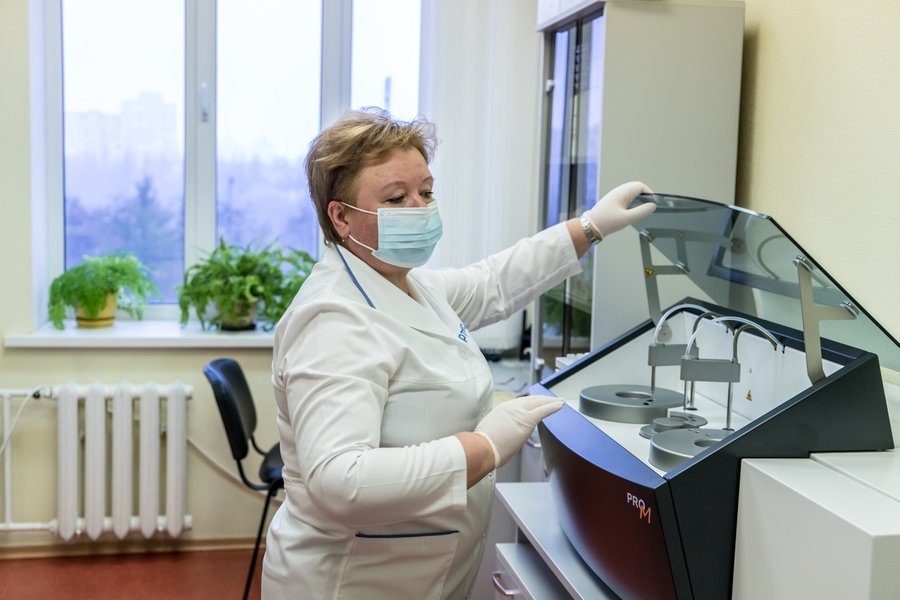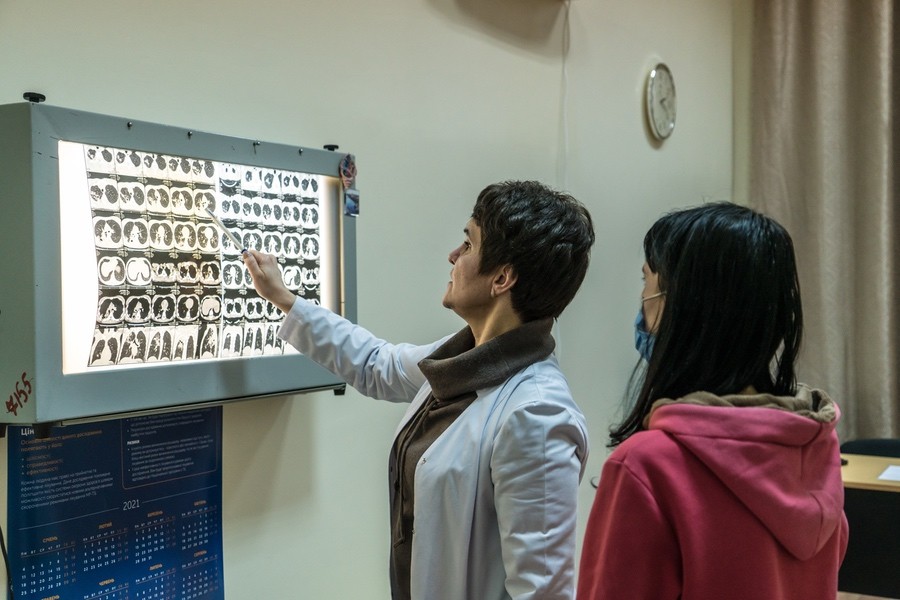Impact
Changing the Landscape
Despite new challenges related to the COVID-19 pandemic, TB Alliance has increased access to pretomanid as part of the BPaL treatment regimen. Through our efforts and collaborations, we have accomplished the following:
- More than 30 countries have procured pretomanid and 15 regulatory bodies have granted approval.
- 176 countries, including all WHO top 30 high-TB-burden countries, can access pretomanid for use in the BPaL regimen through different pathways.
- TB Alliance has granted non-exclusive licenses to four high-quality manufacturers to ensure that every country and every person in need is able to access this treatment.
- BPaL is about one third the current average cost of MDR-TB treatment. According to a recent study evaluating the budgetary impact in three high-burden countries, the BPaL regimen can be highly cost-saving as compared with conventional regimens to treat patients with highly drug-resistant TB.






Leveraging Innovation
TB Alliance is working with partners around the world to ensure that patients who need it can have access to the BPaL regimen. One of the key initiatives in this effort is LIFT-TB (Leveraging Innovation for Faster Treatment of Tuberculosis), supported by the Republic of Korea through the Global Disease Eradication Fund. This program seeks to broaden the adoption of new treatments in seven countries most affected by drug-resistant forms of TB across Southeast and Central Asia, and Central Europe. As a result of these efforts to speed implementation, operational research (OR) has commenced in 12 countries. Ukraine was the first country to implement OR through LIFT-TB, and the first 120 patients enrolled in 2021 have already completed treatment. As presented at the 52nd Union World Conference on Lung Health, among the first cohort of patients recruited, 93% completed their six-month treatment and were sputum negative at the time of the assessment.
Securing the Future of TB Research
The rapid development and introduction of COVID-19 diagnostics, vaccines, and drugs has given the world a sterling example of what political will can look like in response to a deadly infectious disease. Tragically, the TB response stands in stark contrast: annual R&D funding targets—which represent a small fraction of the funding that has been devoted to fighting COVID-19—are off the mark by more than half of what has been conservatively estimated to be needed. This shortfall puts TB innovation at risk, condemning millions of patients to antiquated therapies that can hasten the development of drug resistance. All countries with the capacity to fund TB research must do so if we are to live in a world in which no one dies of TB.

Fighting Dual Pandemics
The COVID-19 pandemic serves as a grave reminder that health threats, especially from airborne infectious diseases, are not bound by national borders and can travel swiftly across continents and oceans. This new pandemic has placed tremendous strain on health systems around the world and is undoing hard-won gains in the fight to improve global health. TB is preventable and curable, but for the first time in more than a decade, TB deaths are rising due to COVID-19. The impact that COVID-19 is having is proving to be detrimental in the fight to end the age-old pandemic that is TB: 1.2 million fewer people were diagnosed with and treated for TB in 2021, and given that an estimated 5.7 million people received treatment for TB in 2020, this represents a drop of 21% as compared to the previous year, leaving millions untreated.
Overcoming Drug-Resistant TB
Panganai lives in Johannesburg with his family and young children. In 2019, he was diagnosed with multidrug-resistant TB, and he said, “When I heard that this was multidrug-resistant, I was very confused […] I did not know how I was going to survive.” Panganai was initially placed on a long treatment regimen and was “taking 32 tablets every day.” He then joined a clinical trial testing a three-drug, all-oral, six-month regimen. “When I took it, my health was improving each and every day,” he said. Now, more than one year after the end of his treatment, Panganai is back home with his family and feeling “as healthy as before.”

